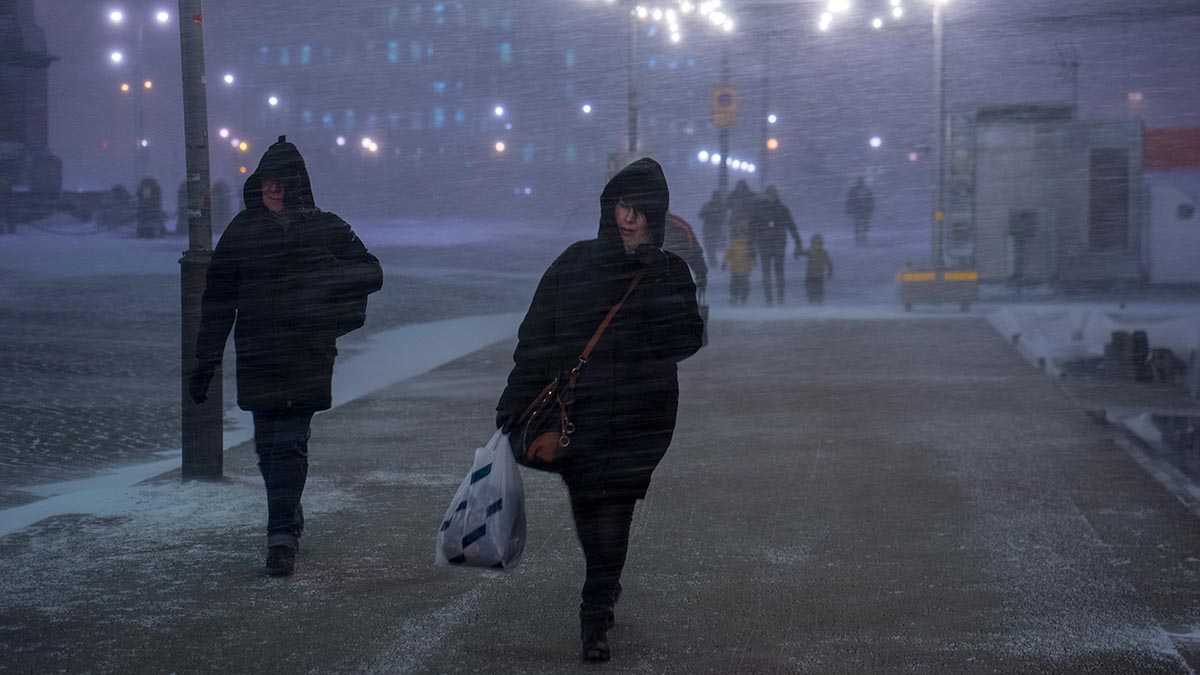January was unusually or exceptionally mild in many places

In most parts of the country, the average temperatures in March were 2-5 degrees above the average of the 1991-2020 reference period. Rovaniemi experienced its mildest January in the history of recording which started in the late 1950s.
The highest temperature in January was 8.2 degrees Celsius, measured at the Vaasa airport on 25 January. Meanwhile, the lowest temperature was -34.8 degrees in Muonio village on 7 January.
Precipitation levels also exceptionally high in places
January was rainier than usually in most parts of the country, but especially near the west coast and in the east, precipitation levels were exceptionally high in places. Less precipitation than usually was only experienced in the Käsivarsi area of Lapland.
The highest level of rainfall in January was at the Puolanka Paljakka weather station at 114.4 millimetres. Nellim station in Inari experienced the lowest amount of precipitation at 18.8 millimetres. The highest level of precipitation in a single day, 17.7 millimetres, was recorded at the Paljakka observation station in Puolanka on 30 January.
At the end of the month, there was no snow in Åland, most of Southwest Finland and the Uusimaa coastal zone. In other parts of the country, the snow depth varied from approximately 5-30 centimetres in the west to 40-90 centimetres in the east and the north. The largest volume of snow was in Paljakka in Puolanka at 92 centimetres. In the southern and central parts of Finland, there was generally about 10-20 centimetres less snow than usual, whereas in the east and the north the deviations were closer to normal.
January was rather cloudy, and sunshine hours were fewer than usually throughout the country. In the southern and central parts of the country, there were 10-30 hours of sunshine and in the north, 5-20 hours of sunshine.
Storms in the sea areas were measured on four days, which is a typical number of storm days for January. The storm readings focused on south-western sea areas and the Bay of Bothnia.
Further information
Weather statistics at the climate service tel. 0600 1 0601 (EUR 4,01/min + local network charge)
Meteorologists use the word “exceptional” when referring to weather phenomena that occur once every 30 years or less. A phenomenon is called “rare” when it occurs less frequently than once every ten years on average.
